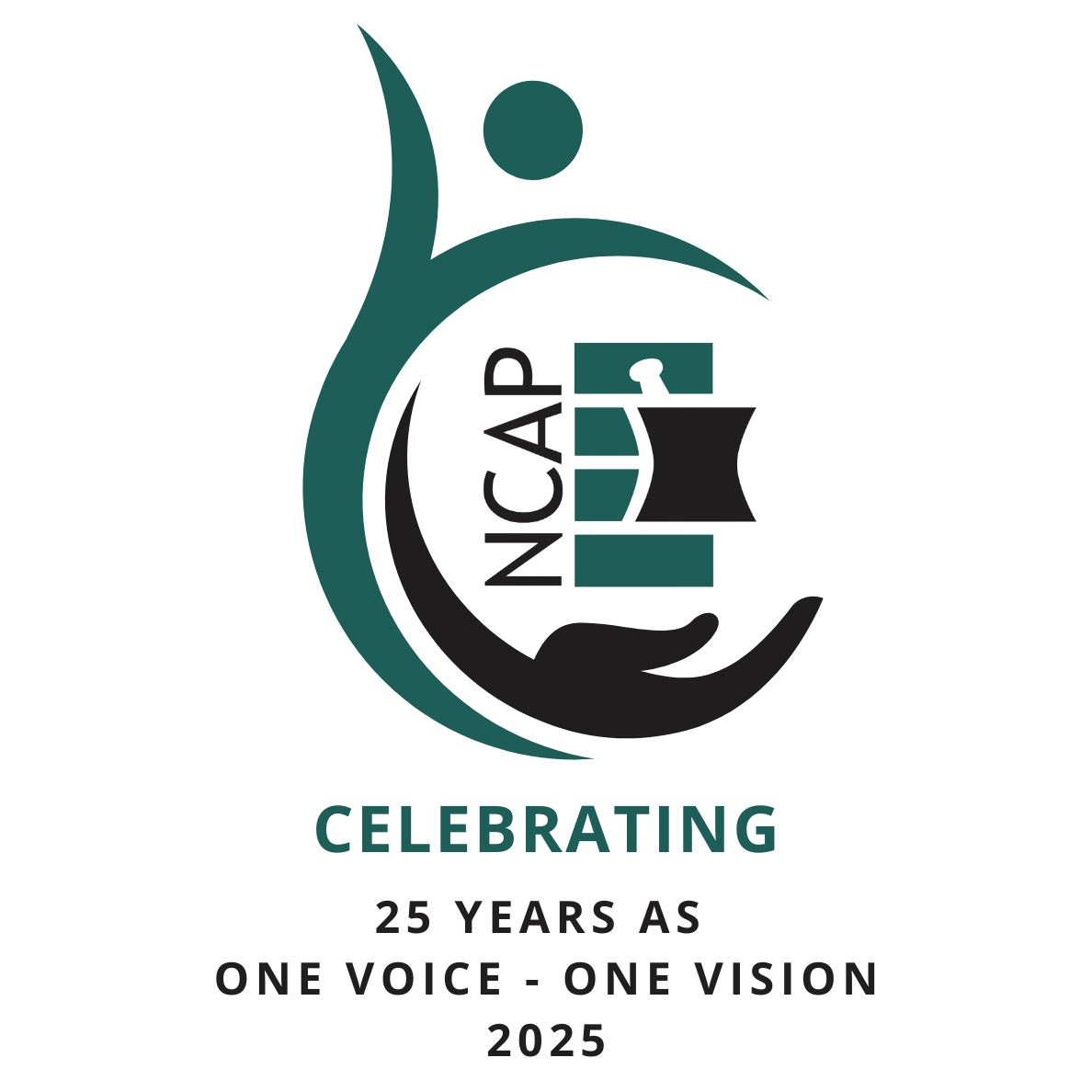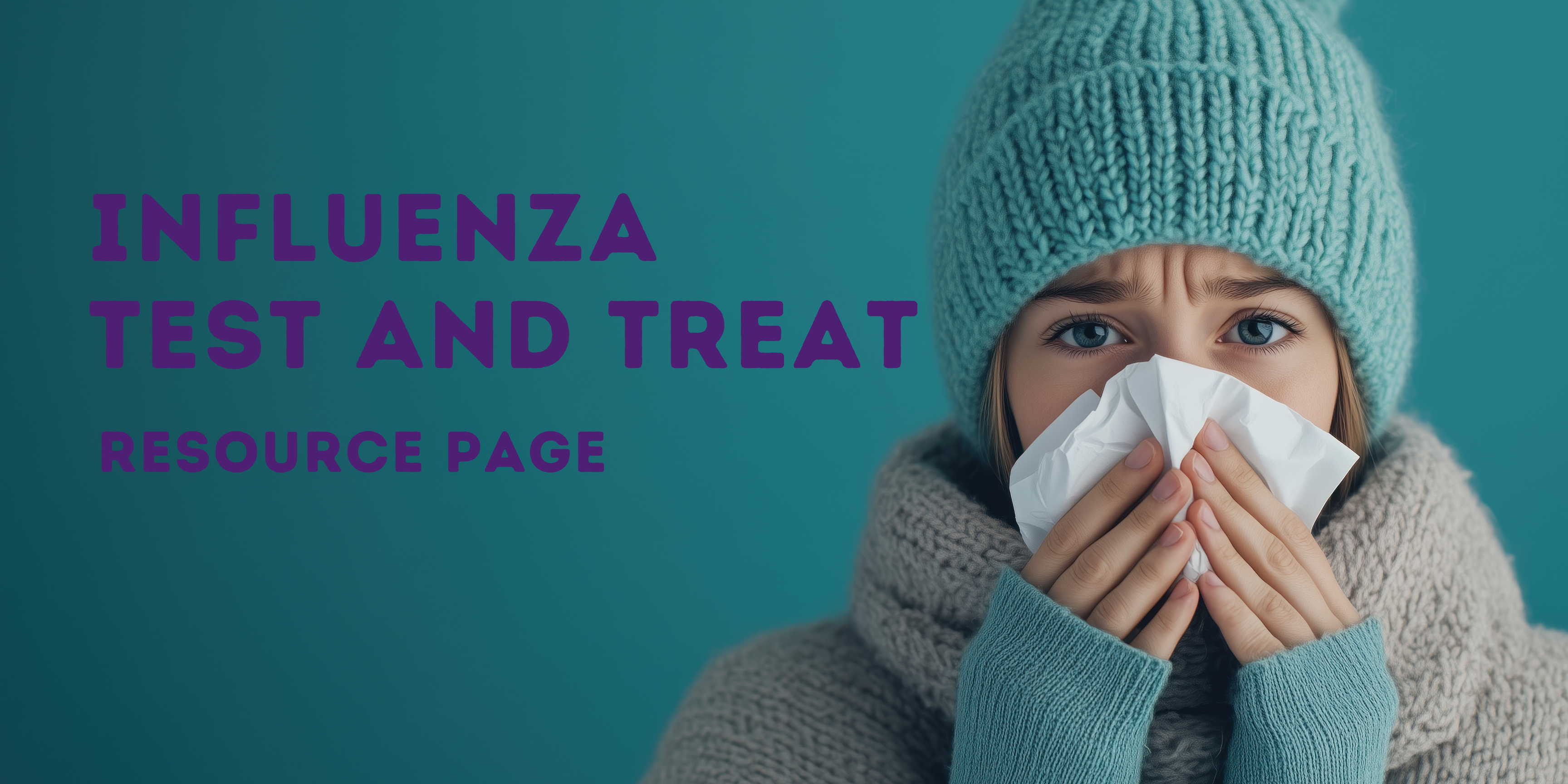|
Available COVID Vaccines Vaccines with Existing EUAs Timeline of development (https://coronavirus.jhu.edu/vaccines)
The Moderna vaccine, which entered phase 3 of clinical trials on July 27th, 2020 submitted an Emergency Use Authorization (EUA) request to the FDA on November 30, 2020. The vaccine was approved under the EUA on December 18, 2020 and was made available to the public outside of the ongoing clinical trial. As of March 1, 2021, the Moderna vaccine is still in phase 3 of clinical trials, moving towards full FDA approval in the United States. To find out more about the Moderna vaccine, please visit this link to the CDC website: https://www.cdc.gov/coronavirus/2019-ncov/vaccines/different-vaccines/Moderna.html The Johnson & Johnson’s Janssen vaccine entered phase 3 of clinical trials on September 23, 2020. An application for EUA approval was submitted on February 4, 2021 and granted from the FDA on February 27, 2021 for emergency use. This allowed for the vaccine to be made available for the public outside of the ongoing clinical trial. As of March 1, 2021, Johnson & Johnson’s Janssen vaccine is still in phase 3 of clinical trials, moving towards full FDA approval in the United States. To find out more about Johnson & Johnson’s Janssen vaccine, please visit this link to the CDC website: https://www.cdc.gov/coronavirus/2019-ncov/vaccines/different-vaccines/janssen.html Efficacy of the Three Available Vaccines Pfizer and Moderna had an efficacy rate of 94% and 95% in clinical trials. The global efficacy of the Johnson and Johnson vaccine was 66%, but it was 85% effective at preventing severe disease and 100% effective against hospitalization and death. Pfizer’s vaccine was tested on approximately 43,000 people in the United States, Turkey, Brazil, South Africa, and Argentina. Moderna was tested on about 30,000 people all in the United States. Johnson and Johnson began clinical trials after the variant COVID-19 strains became a concern. The vaccine had the widest distribution geographically in clinical trials, spanning three continents and eight countries, and was tested on over 43,000 people. It’s important to note that efficacy did vary slightly geographically. Comparing efficacy data, though, has been difficult, because Phase 3 of each of the clinical trials looked at different outcomes. Pfizer and Moderna tested for any symptomatic COVID infection, while Johnson and Johnson wanted to determine whether one dose would protect against moderate to severe COVID illness - a positive COVID test and at least one symptom - beginning 14 to 28 days after receiving the vaccine. Protection Offered by the Vaccines Despite the differences in efficacy, it is important to emphasize that receiving any of these vaccines will help to protect against COVID-19. Patients should be educated on the differences between the vaccines and encouraged to get vaccinated. Due to Johnson and Johnson being a one dose vaccine, protection began about two weeks after receiving the vaccine. Full protection was not obtained from Moderna and Pfizer until about two weeks after the second dose, equating to about five to six weeks after the first dose. Ages The Pfizer vaccine can be given to people 16 years of age or older. The Moderna vaccine can be given to people 18 years of age or older. The Johnson and Johnson vaccine can be given to people aged 18 years or older. Differences Between the Vaccines Pfizer and Moderna vaccines use mRNA technology to make the surface spike protein on the SARS-2 virus. These proteins activate the immune system, and the immune system is taught to see these spike proteins as foreign. Antibodies are then formed to fight against it. The FDA also created fact sheets for health care providers regarding this specific vaccine (https://www.fda.gov/media/146304/download) and one for recipients and caregivers (https://www.fda.gov/media/146305/download). Johnson and Johnson employed a different approach which they had utilized for an Ebola vaccine previously. This type of vaccine uses a viral vectored vaccine in which a “harmless adenovirus...has been engineered to carry the genetic code for the SARS-2 spike protein. Once the adenovirus enters cells, they use that code to make the spike proteins.” To learn more about what a viral vector vaccination is, visit this CDC link: https://www.cdc.gov/coronavirus/2019-ncov/vaccines/different-vaccines/viralvector.html. (https://www.statnews.com/2021/02/02/comparing-the-covid-19-vaccines-developed-by-pfizer-moderna-and-johnson-johnson/)
Storage and Proper Handling Moderna has developed a Storage, Handling, and Administration guide specific for their vaccine. This guide includes information regarding frozen storage, thawing vials, dosing and scheduling, administration details, as well as safety information. Please visit the link below to access Moderna’s Storage, Handling, and Administration guide: https://www.modernatx.com/covid19vaccine-eua/providers/storage-handling.pdf The CDC developed a summary for the Pfizer vaccine that describes storage and proper handling in extensive detail. The link below will take you to their website: https://www.cdc.gov/vaccines/covid-19/info-by-product/pfizer/downloads/storage-summary.pdf The Johnson and Johnson vaccine is “compatible with standard vaccine storage” to make it easier to transport and deliver. The specifics for storage and handling of the Johnson and Johnson vaccine can be found at the following link: https://www.janssencovid19vaccine.com/hcp/storage-dosing-administration.html
Vaccines are being distributed throughout North Carolina based on total population per county and historically marginalized populations. All other vaccines are set aside for state facilities, long-term care pharmacies, and community vaccination events. This allocation plan helps to make distribution of the vaccines equitable and efficient. From the state, pharmacies can look for vaccination opportunities with Long-Term Care support, transfers from other vaccine providers (hospitals, health departments), and partnerships for community vaccination events. From a federal perspective, pharmacies that are a part of the Federal Retail Pharmacy Program for COVID-19 Vaccinations will receive a COVID-19 vaccine supply from the federal government. This program is continuing to look for other federal partners as the need for more vaccines increases. (https://www.cdc.gov/vaccines/covid-19/retail-pharmacy-program/index.html) (https://www.cdc.gov/vaccines/covid-19/retail-pharmacy-program/faqs.html)
Per the CDC, COVID-19 vaccine providers must document vaccine administration in their medical record systems within 24 hours of administration, and use their best efforts to report administration data to the relevant system for the jurisdiction (i.e., IIS) as soon as practicable and no later than 72 hours after administration. Providers will also need to report to VaccineFinder. Follow this link for more information on how to report to VaccineFinder: https://www.cdc.gov/vaccines/covid-19/reporting/vaccinefinder-factsheet.html. The following link describes the reporting requirements as stated by NCBOP: http://www.ncbop.org/PDF/COVID19VaccineNCPharmacyProtocol122720.pdf. It is important for providers to continue reporting any adverse events following the COVID-19 vaccine to VAERS so that proper recording and documentation can occur. There are two options providers can use for VAERS reporting: downloading a writable PDF form that can be completed and uploaded when the provider is able or submitting a report directly online. If follow-up information is required, visit the following link to access the form: https://vaers.hhs.gov/upload/index.jsp?uploadtool=VAERS+Auto+Upload+Tool
As mentioned above, providers must enroll into CVMS in order to enroll patients for vaccinations, order vaccines, and maintain proper COVID-19 inventory management. The following link provides an “End-to-end Provider Enrollment graphic,” “Step by Step enrollment guide,” and “COVID-19 inventory management”: https://files.nc.gov/covid/Visual-Roadmap-for-CVMS-Enrollment---Onboarding.pdf. CVMS is not for Retail Pharmacy Programs or Long Term Care Programs. Pharmacies do not need to document COVID-19 vaccine administration into NCIR, but pharmacies that receive allocation will have to upload data into CVMS through direct data entry or flat file reporting directly to CVMS. If additional support is needed, please visit the CDC’s website at https://www.cdc.gov/vaccines/covid-19/vaccination-provider-support.html for more detailed information.
Vaccine clinics will look different for each pharmacy that chooses to participate. The layout of your pharmacy (or the venue of the clinic) will guide the workflow. In general, a vaccine clinic needs to move in one direction with an entrance that is separate from the exit. There should be a seating area for patients to wait and fill out paperwork if necessary. Staff should be available and assigned to different areas of the clinic, including administrative work, preparing vaccines, administering vaccines, documentation, and monitoring patients after their vaccine has been given. One common way to set up a vaccine clinic is to have “stations” that are divided where patients can have privacy in case they need to remove clothing in preparation for the vaccine. Another important consideration is to make sure that there is plenty of signage to direct patients through the clinic. For more vaccine clinic considerations and pre-clinic activities, visit the following link: https://www.cdc.gov/vaccines/hcp/admin/mass-clinic-activities/pre-clinic-activities.html
ASHP has released a COVID-19 Vaccine planning tool that serves as a safety checklist for pharmacies. This tool can be found at the following link: https://www.ashp.org/-/media/assets/pharmacy-practice/resource-centers/Coronavirus/docs/ASHP_COVID19_Vaccine_AssessmentTool_v3.ashx? The CDC has also released interim clinical considerations for the use of COVID-19 vaccines that are authorized for use in the US. These considerations have been recommended as guidance for pharmacists by ACCP and can be found at the following link: https://www.cdc.gov/vaccines/covid-19/info-by-product/clinical-considerations.html
Recommendations for Supplies and PPE The CDC has an extensive list of supplies that are needed to conduct satellite, temporary, and off-site vaccination clinics. The link below provides a checklist that can be utilized to ensure that each site has what they need to run a successful and safe COVID-19 vaccination clinic. This list can be found at the following link: https://www.cdc.gov/vaccines/hcp/admin/downloads/2020-vaccine-clinic-supply-checklist-508.pdf NCDHHS Vaccine Toolkit: https://covid19.ncdhhs.gov/vaccines NCBOP Pre-vaccination Checklist: http://www.ncbop.org/PDF/COVID19PreVaccinationChecklist122220.pdf |



